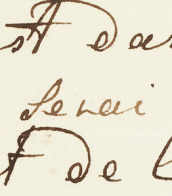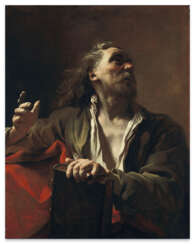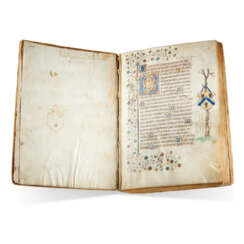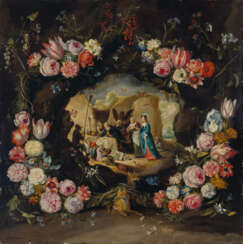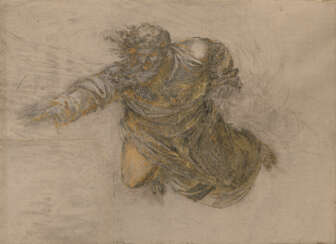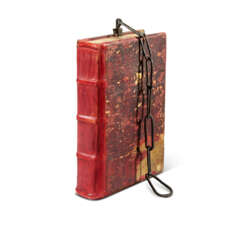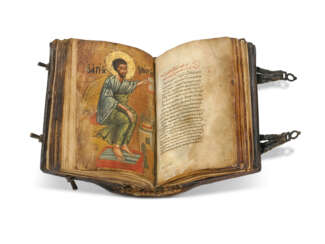religious
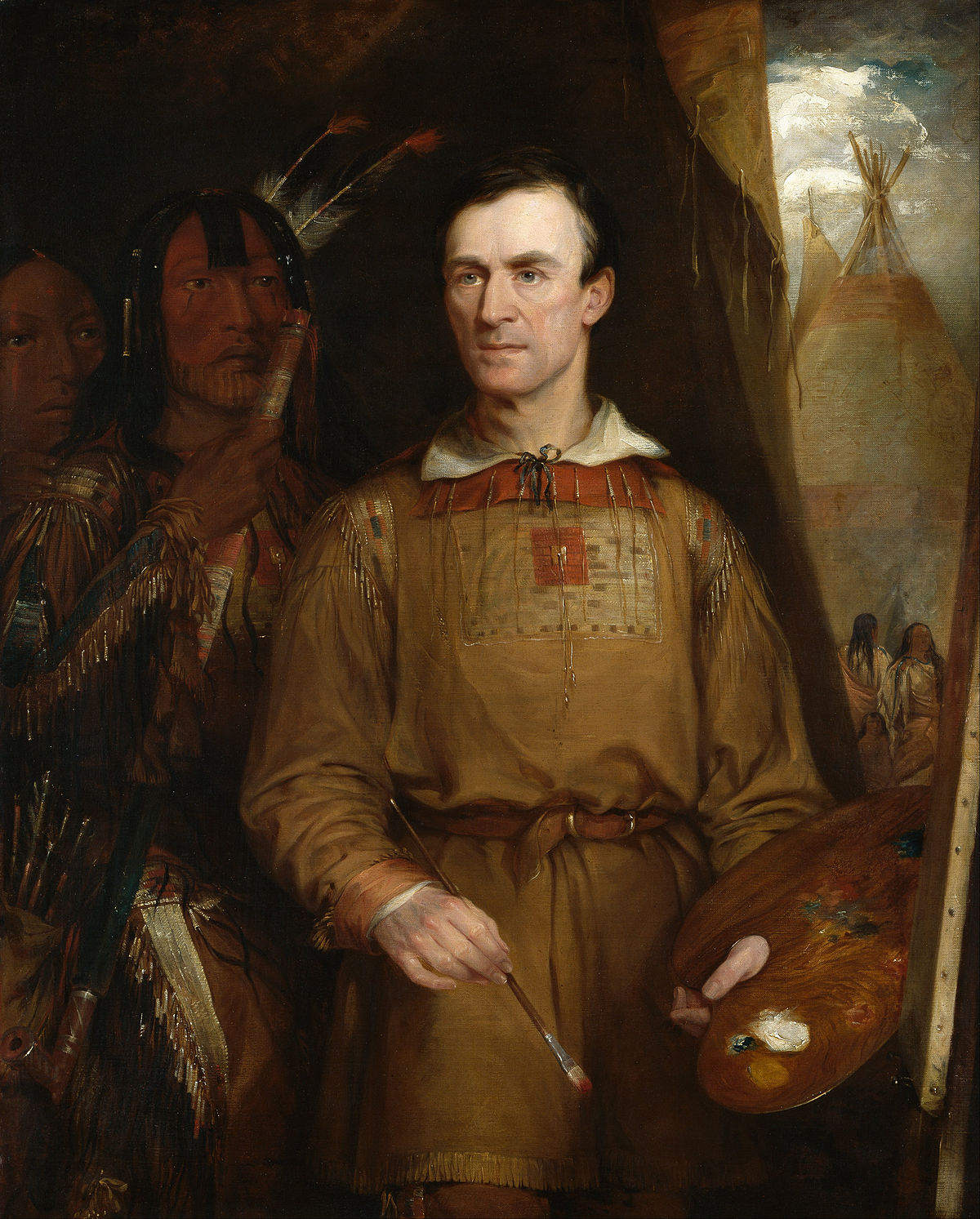
George Catlin was an American painter and writer, renowned for his vivid portrayal of Native American peoples and their cultures. Born in Wilkes-Barre, Pennsylvania, Catlin's early fascination with Native Americans grew into a lifelong dedication. His journey to the American West in the 1830s marked the beginning of an ambitious project to capture the disappearing tribes and their ways of life through his art.
Catlin's unique contribution to art and anthropology lies in his extensive collection of paintings, which document the appearance and customs of Native American tribes before the significant impacts of Western expansion. His most notable works, such as the "Buffalo Bull's Back Fat" and "Bird's Eye View of Mandan Village," are celebrated for their detailed representation and vibrant storytelling. These works provide a window into a world that was, at the time, largely misunderstood and misrepresented by mainstream American society.
His dedication led to the creation of the "Indian Gallery," an extensive traveling exhibition of his paintings and artifacts collected during his travels. This collection toured throughout the U.S. and Europe, raising awareness and sparking curiosity about Native American life and culture. For art collectors and experts in antiques, Catlin's works not only offer artistic beauty but also serve as historical documents of immense value.
If you are intrigued by the profound historical and cultural narratives captured in Catlin's paintings, consider signing up for updates on new product sales and auction events related to George Catlin. Stay informed and enrich your collection with pieces of a pivotal era in American history.
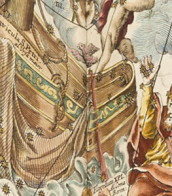
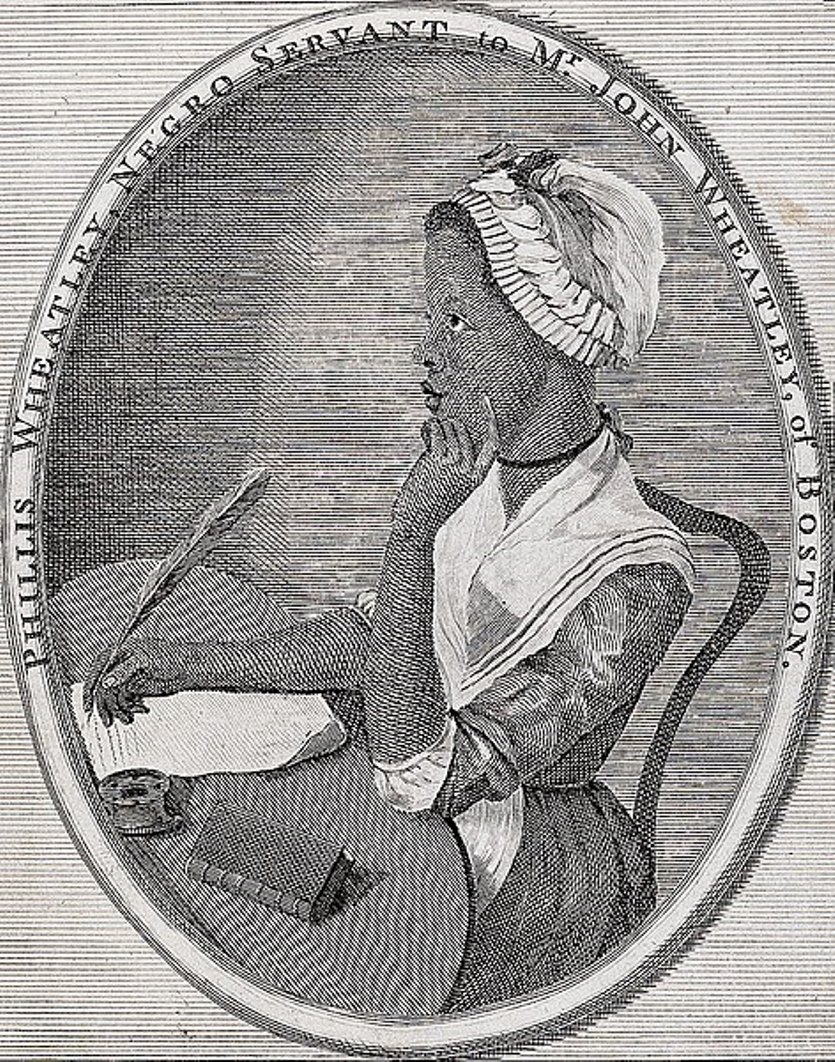
Phillis Wheatley or Phillis Wheatley Peters was an American poet born in Africa.
A native of West Africa, Phillis Wheatley was kidnapped as a young child and sold as a slave in 1761 to John and Susanna Wheatley in Boston. They chose the name Phyllis for her in honor of the ship on which the girl traveled the Middle Passage. The Wheatley family quickly recognized her intellectual abilities and encouraged her study of the classics. Phyllis began writing poems and verses, and some were even published when she was only 14 years old.
However, the 18th-century public had great difficulty accepting a black slave girl as a writer. In May 1773, Wheatley traveled to London with her master's son. There her first book, Poems on Miscellaneous Subjects, Religious and Moral, was published. Wheatley's literary talent and personal qualities contributed to her great social success in London. In the fall of 1773, Phyllis returned to the United States and Wheatley was granted her freedom. She married, but lived only 31 years.
Wheatley's most famous poem today, "On Being Brought from Africa to America" (1768), directly addresses the theme of slavery.
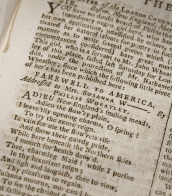
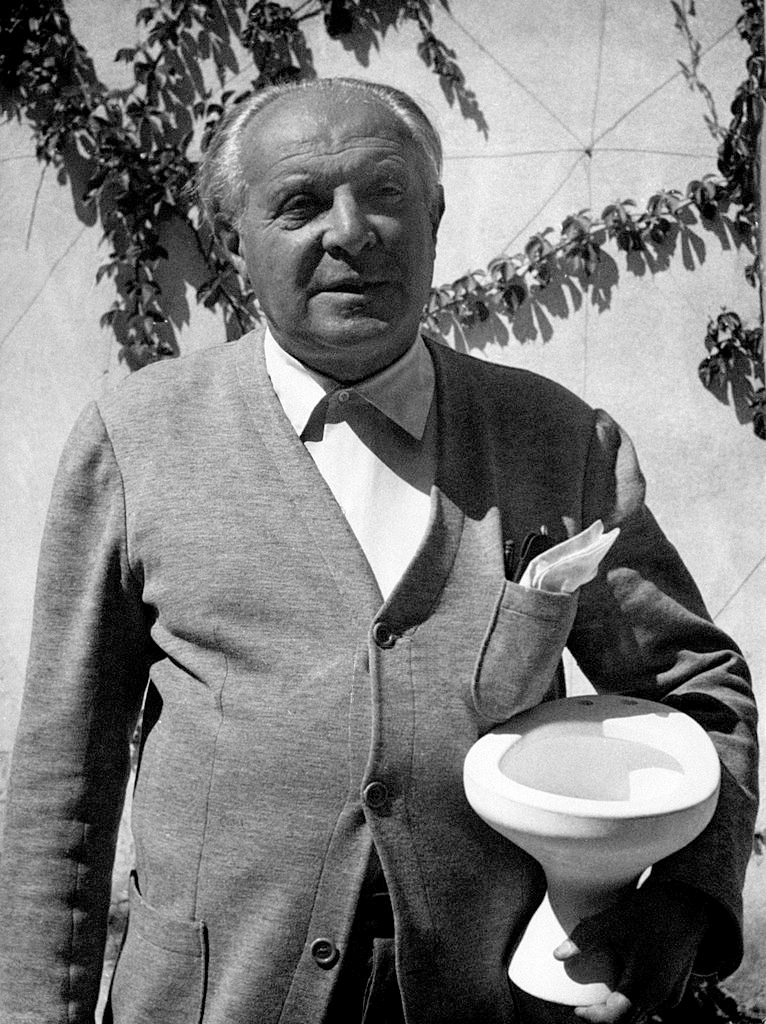
Giovanni (Gio) Ponti was an Italian architect, industrial designer, furniture designer, artist, teacher, writer and publisher.

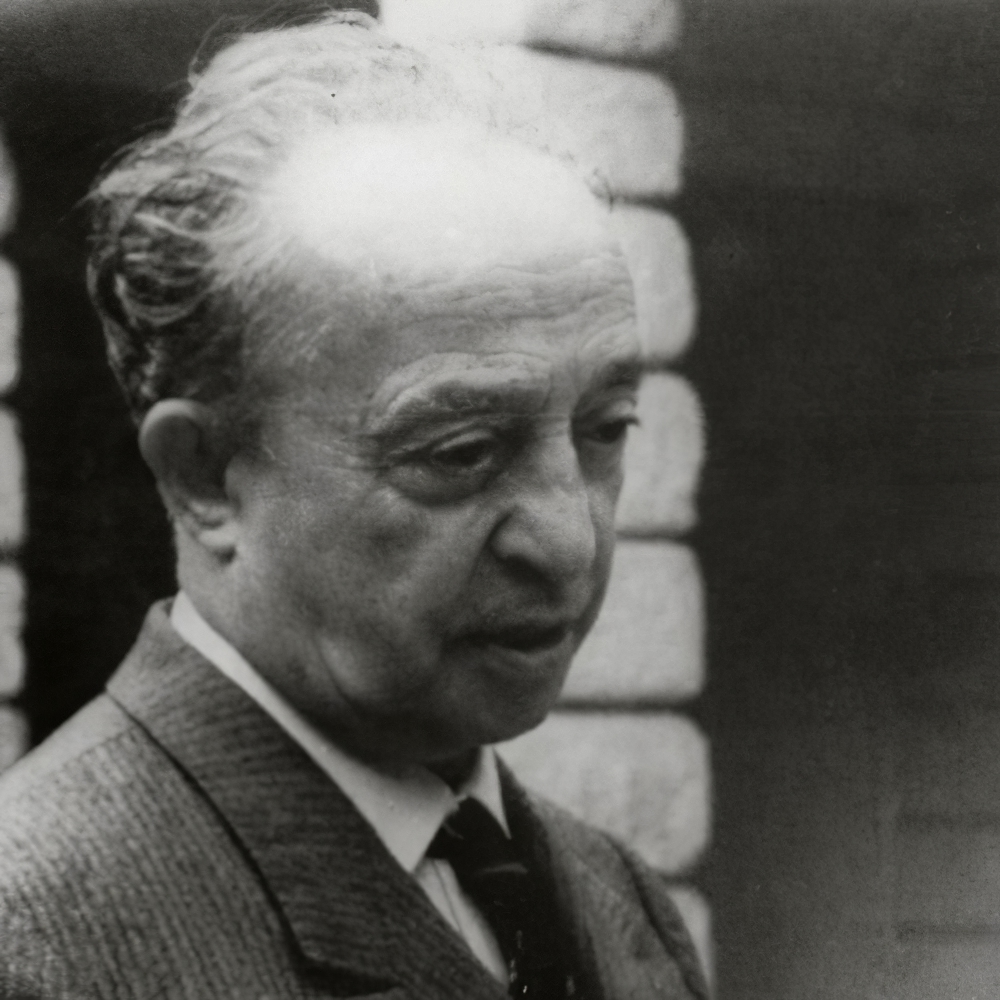
Tomaso Buzzi was an Italian architect and designer.
He also worked as a furniture and glass designer and wrote articles in Domus and Dedalo. Buzzi's slow departure from modernism accentuated after 1945, when he worked mainly as a private architect for the Italian aristocracy and the big bourgeoisie of the Volpi, Agnelli, etc.
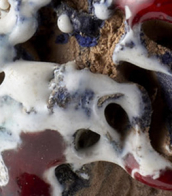
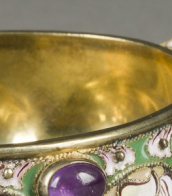
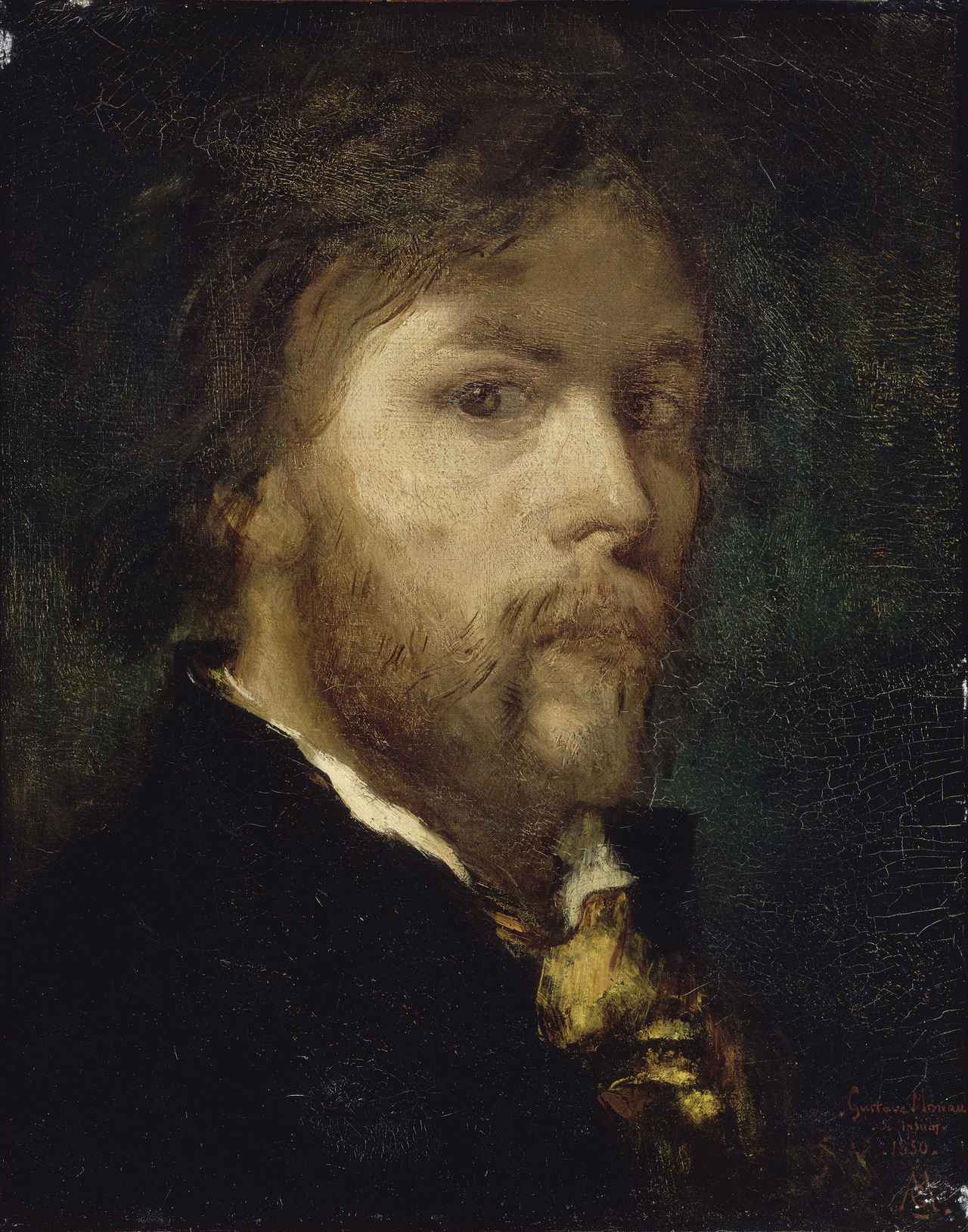
Gustave Moreau was a French artist and an important figure in the Symbolist movement. Jean Cassou called him "the Symbolist painter par excellence". He was an influential forerunner of symbolism in the visual arts in the 1860s, and at the height of the symbolist movement in the 1890s, he was among the most significant painters.

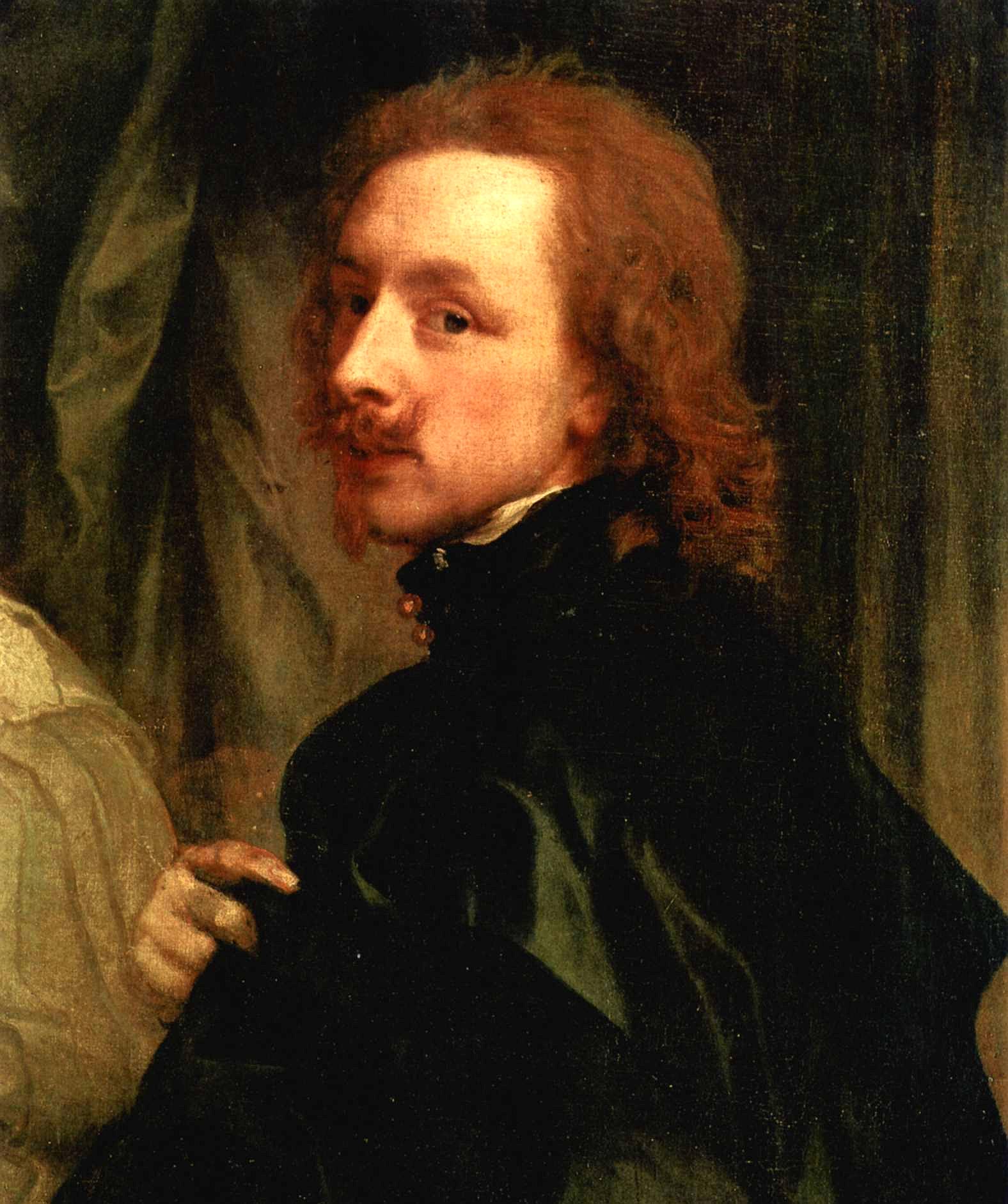
Anthony van Dyck, a Flemish painter born in 1599 in Antwerp and passed away in 1641 in London, is celebrated as one of the foremost Baroque painters of the 17th century. His notable contributions to the art world include his exceptional portraits of European aristocracy, as well as his religious and mythological paintings. Van Dyck's early exposure to art was influenced significantly by his apprenticeship with Hendrik van Balen and later, by the profound impact of working alongside Peter Paul Rubens. His mastery was recognized early on, leading him to set up his own workshop by the age of 15.
Van Dyck's journey to Italy in 1621 marked a pivotal phase in his career, allowing him to immerse himself in studying the Italian masters and commencing his successful stint as a portraitist. His style evolved under the influence of Titian, evident from his vibrant use of color and refined modeling of form. Van Dyck's Italian period not only honed his artistic skills but also established his reputation as a painter of consequence.
Upon returning to Antwerp, van Dyck's portraits became highly sought after, leading to commissions from notable figures such as Archduchess Isabella and Queen Mother Maria de' Medici. His role as a court painter further solidified in England under the patronage of King Charles I, where he was knighted and appointed as the principal painter, profoundly shaping the aristocratic character of Charles I's reign through his portraits.
Van Dyck's legacy extends beyond his death, having influenced English portrait painting for over a century. His innovative techniques in watercolour and etching, along with his sophisticated portrayal of subjects, continue to be admired. His art not only showcases his technical prowess but also reflects the cultural and social nuances of his era, making his work a significant study for collectors and art historians alike.
For enthusiasts eager to explore the intersections of art, history, and culture through the lens of Anthony van Dyck's work, staying informed about new discoveries and auction events is essential. Signing up for updates can provide exclusive insights into the world of one of the most influential figures in Flemish art. This subscription ensures that collectors and experts are well-informed of any developments related to van Dyck's oeuvre, enhancing their understanding and appreciation of his contributions to the art world.

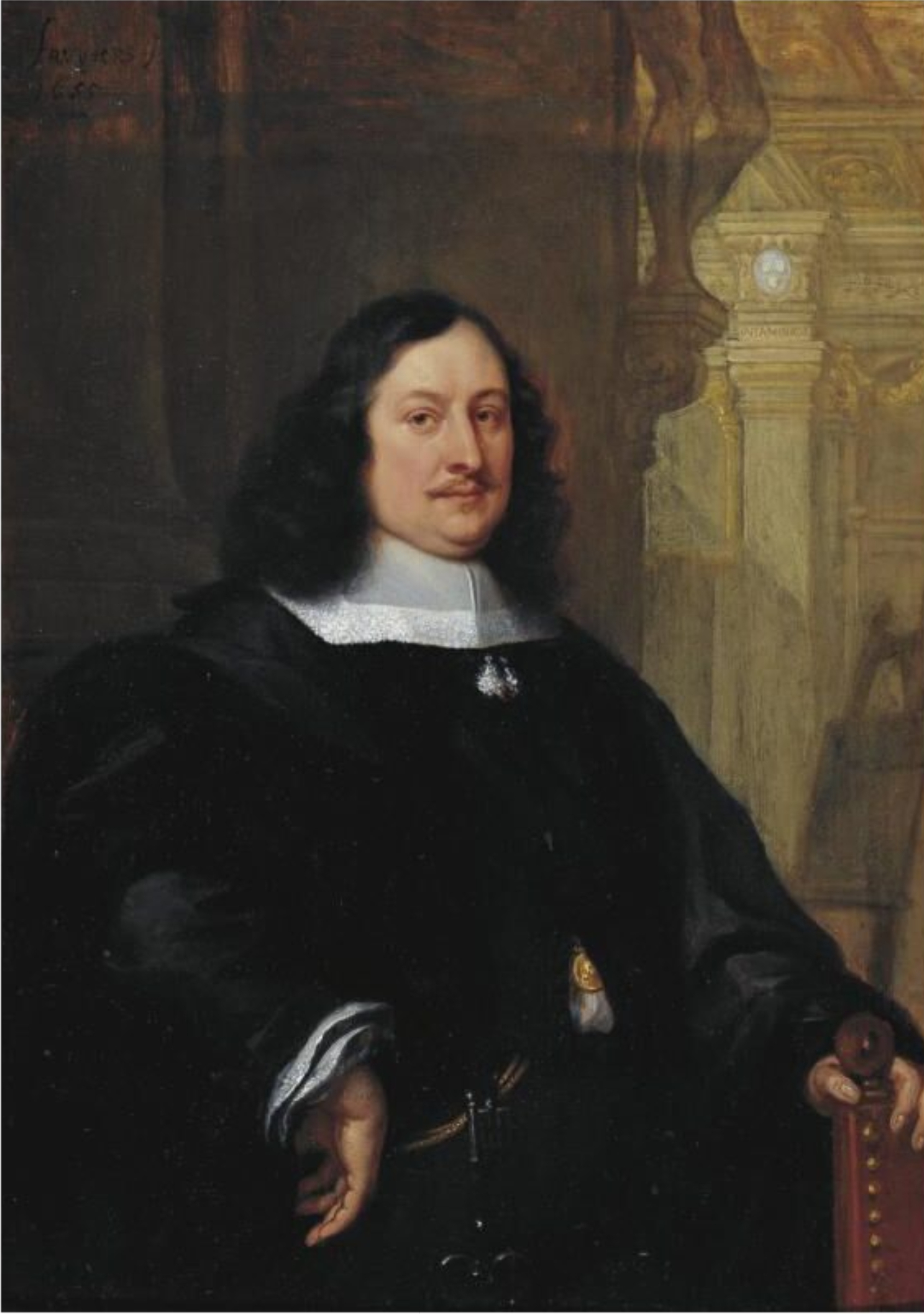
David Teniers the Younger was a Flemish Baroque painter, printmaker, draughtsman, miniaturist painter, staffage painter, copyist and art curator. He was an extremely versatile artist known for his prolific output. He was an innovator in a wide range of genres such as history painting, genre painting, landscape painting, portrait and still life. He is now best remembered as the leading Flemish genre painter of his day. Teniers is particularly known for developing the peasant genre, the tavern scene, pictures of collections and scenes with alchemists and physicians.
He was court painter and the curator of the collection of Archduke Leopold Wilhelm, the art-loving Governor General of the Habsburg Netherlands. He created a printed catalogue of the collections of the Archduke. He was the founder of the Antwerp Academy, where young artists were trained to draw and sculpt in the hope of reviving Flemish art after its decline following the death of the leading Flemish artists Rubens and Anthony van Dyck in the early 1640s. He influenced the next generation of Northern genre painters as well as French Rococo painters such as Antoine Watteau.
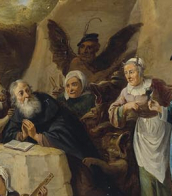


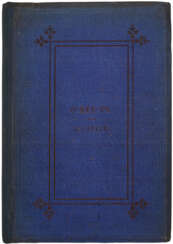

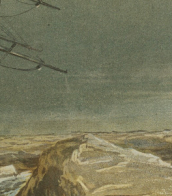
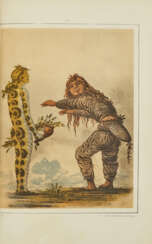

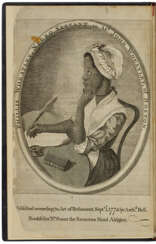



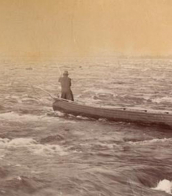
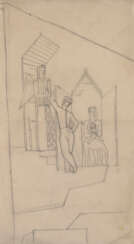

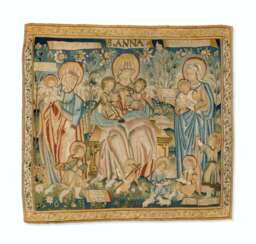

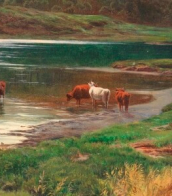


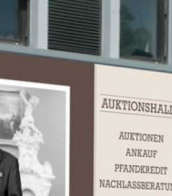
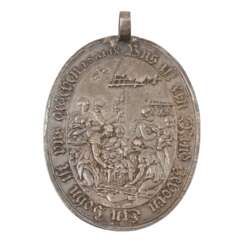




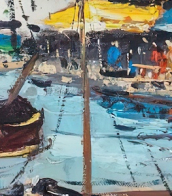
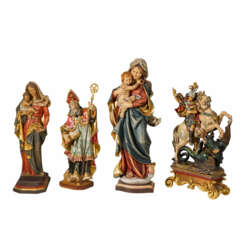

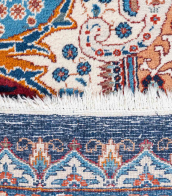
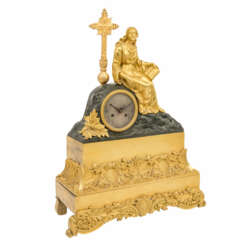

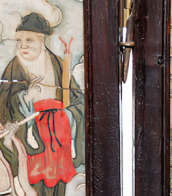


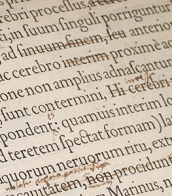
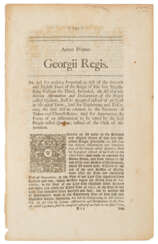

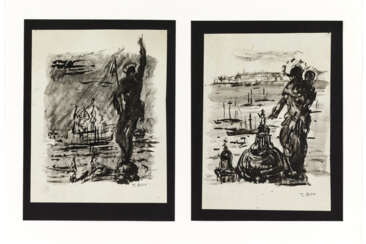

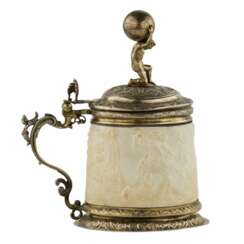




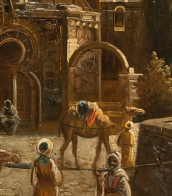


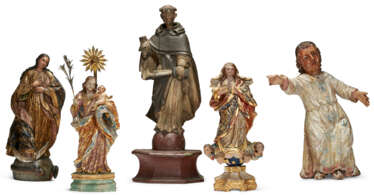

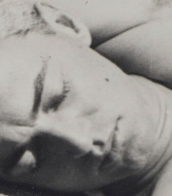
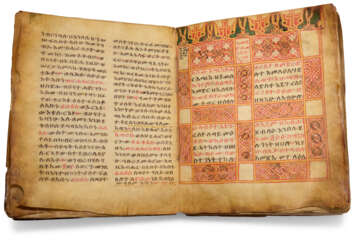


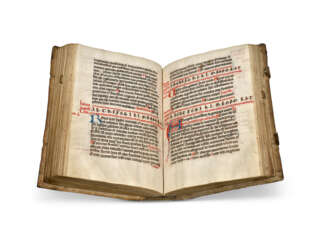




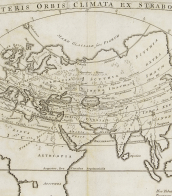
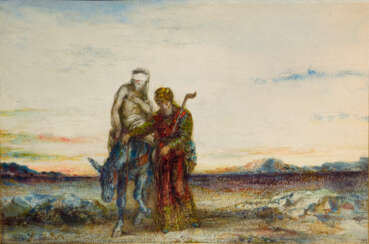

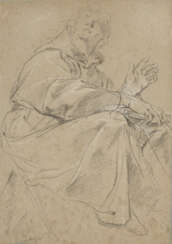

![[MARIE-THÉRÈSE D'AUTRICHE, REINE DE FRANCE (1638-1683)]](/assets/image/picture_2500914/a8a16/f5baebd00e8a272e64ac8e110fce3ccc1667984400jpg__fix_374_244.jpeg)
![[MARIE-THÉRÈSE D'AUTRICHE, REINE DE FRANCE (1638-1683)]](https://veryimportantlot.com/assets/image/picture_2500914/a8a16/f5baebd00e8a272e64ac8e110fce3ccc1667984400jpg__fix_374_244.jpeg)
